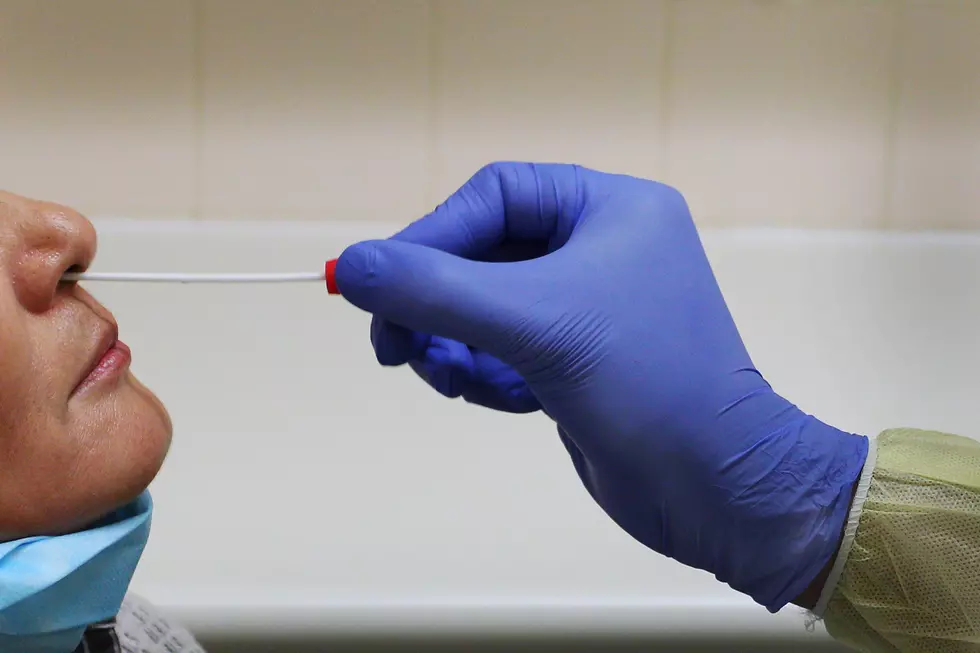
Ten Animals With Rabies Found in Ocean County
This year, already ten animals carrying the rabies virus have been caught in Ocean County—on pace to surpass last year’s numbers.
Six raccoons, one skunk, two ground hogs, and a fox were all caught throughout the county, including Lacey, Manchester, Lakewood, and Tuckerton.
Leslie Terjesen from the Ocean County Health Department says the important thing is to prevent exposure to wild rabid animals.
That means making sure your pets are vaccinated with the rabies vaccine and are up to date on their boosters.
”The Ocean County Health Department has free rabies vaccines every week. We alternate between our northern site in Jackson and our southern site in Manahawkan.”
She adds you can find municipal vaccination events on the Ocean County Health Department’s website as well.
Officials warn to be aware of any strange or peculiar behavior from animals that can indicate they are rabid. That means seeing animals that are normally nocturnal in the daytime or animals that look disoriented could be carrying the virus.
If you have suspicions an animal is rabid, Terjesen says whatever you do, don’t approach it.
“If you see a raccoon or any kind of homeless animal acting strangely or aggressively you should definitely avoid contact.” Warns Terjesen. “Certainly notify your local animal control officer or police.”
Municipal animal control contacts can be found at the OCHD’s website.
“Rabies kills people” notes Terjesen. She says you want to take as many measures as possible to “rabies-proof” your home.
That means securing your garbage in animal proof containers, screen off vents to your attic or other areas that could lure animals like bats, and vaccinate your pets.
Terjesen says telltale signs that your pet could be rabid is if they come back from the outdoors with a scratch or a bite. They would also start acting more aggressively, or just “stranger”. Terjesen says you want to contact your vet immediately.
If a human is infected rabies injections require four shots, however if the animal that bit the person is caught it can be tested to see if they are necessary.
Terjesen says that if it isn’t possible to catch the animal, try and make a note of it’s size, colorings, and behavior. If it is a neighborhood pet, try and note who it belongs to as well.
According to the Center for Disease Control
“The first symptoms of rabies may be very similar to those of the flu including general weakness or discomfort, fever, or headache. These symptoms may last for days.
There may be also discomfort or a prickling or itching sensation at the site of bite, progressing within days to symptoms of cerebral dysfunction, anxiety, confusion, agitation. As the disease progresses, the person may experience delirium, abnormal behavior, hallucinations, and insomnia.
The acute period of disease typically ends after 2 to 10 days. Once clinical signs of rabies appear, the disease is nearly always fatal, and treatment is typically supportive.
Disease prevention includes administration of both passive antibody, through an injection of human immune globulin and a round of injections with rabies vaccine.
Once a person begins to exhibit signs of the disease, survival is rare. To date less than 10 documented cases of human survival from clinical rabies have been reported and only two have not had a history of pre- or postexposure prophylaxis.”
More From 92.7 WOBM









